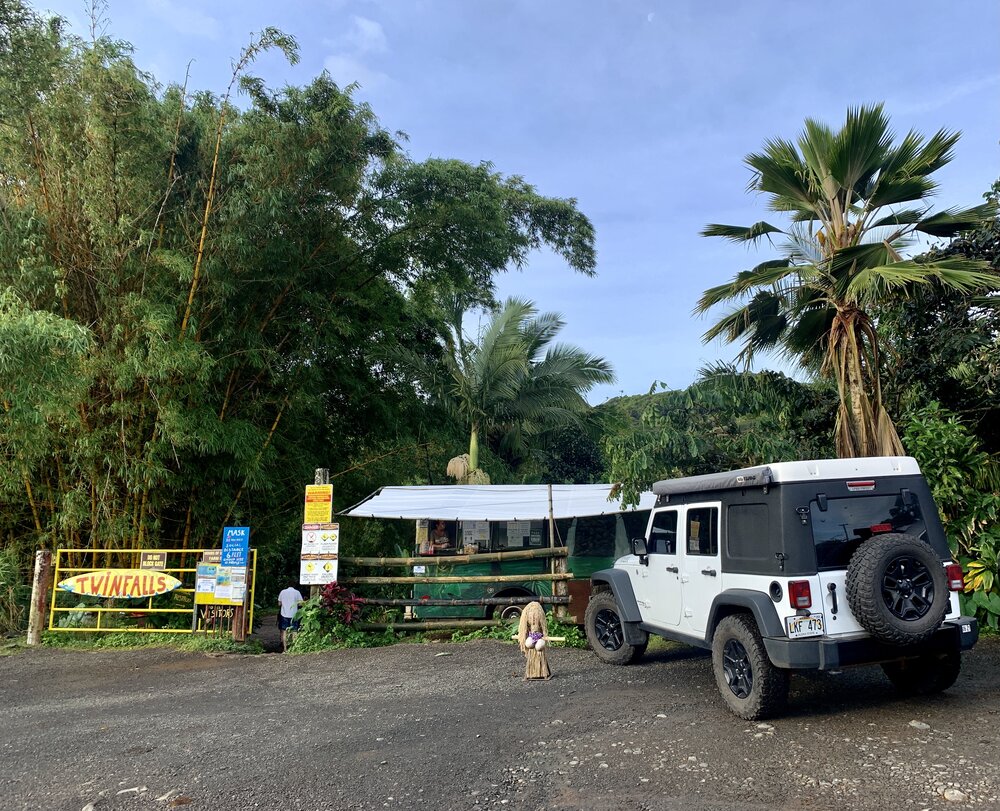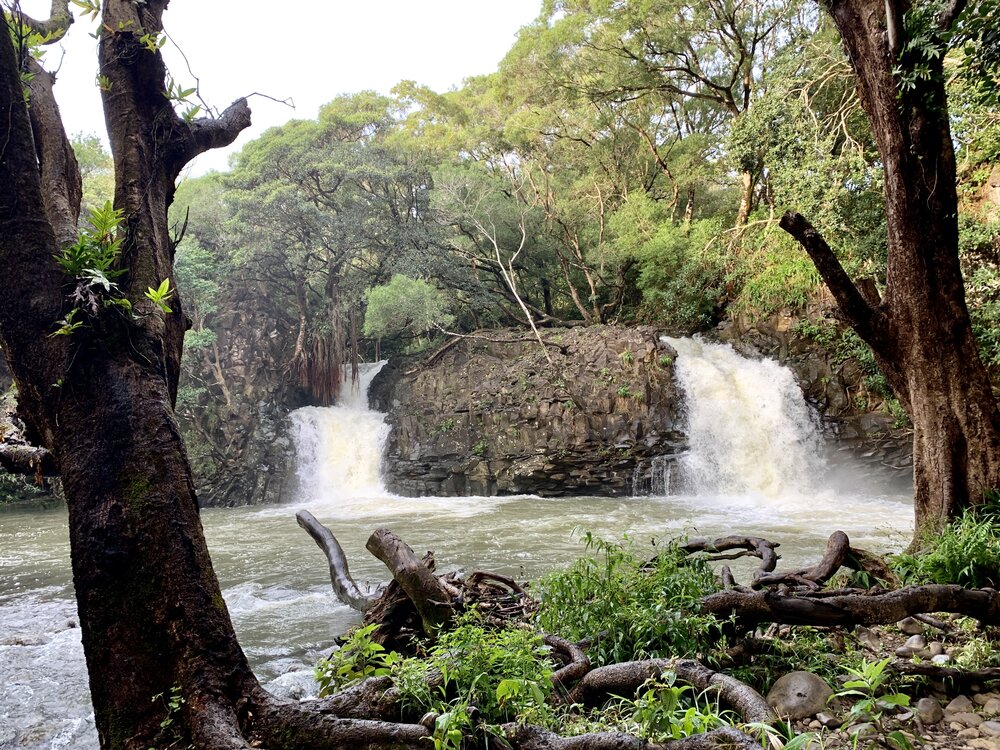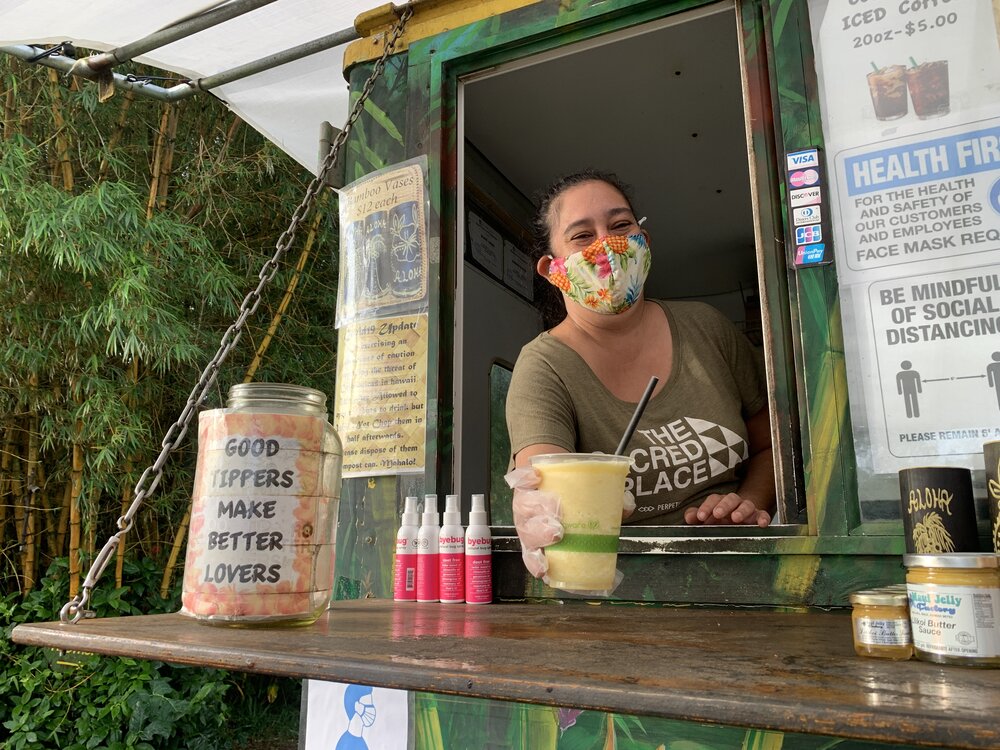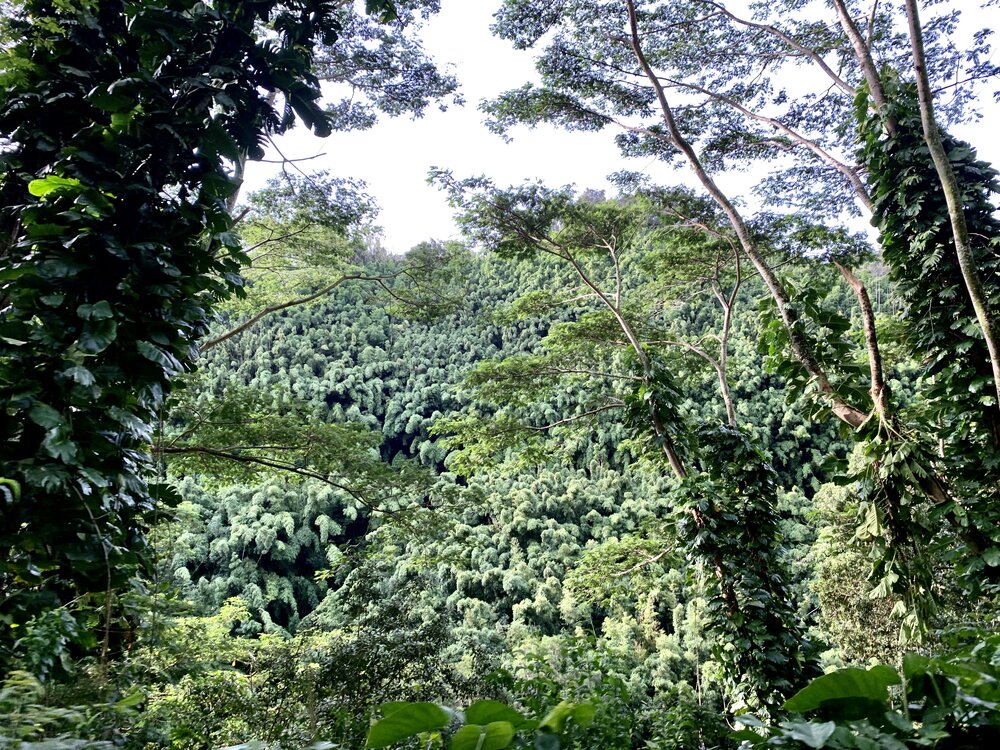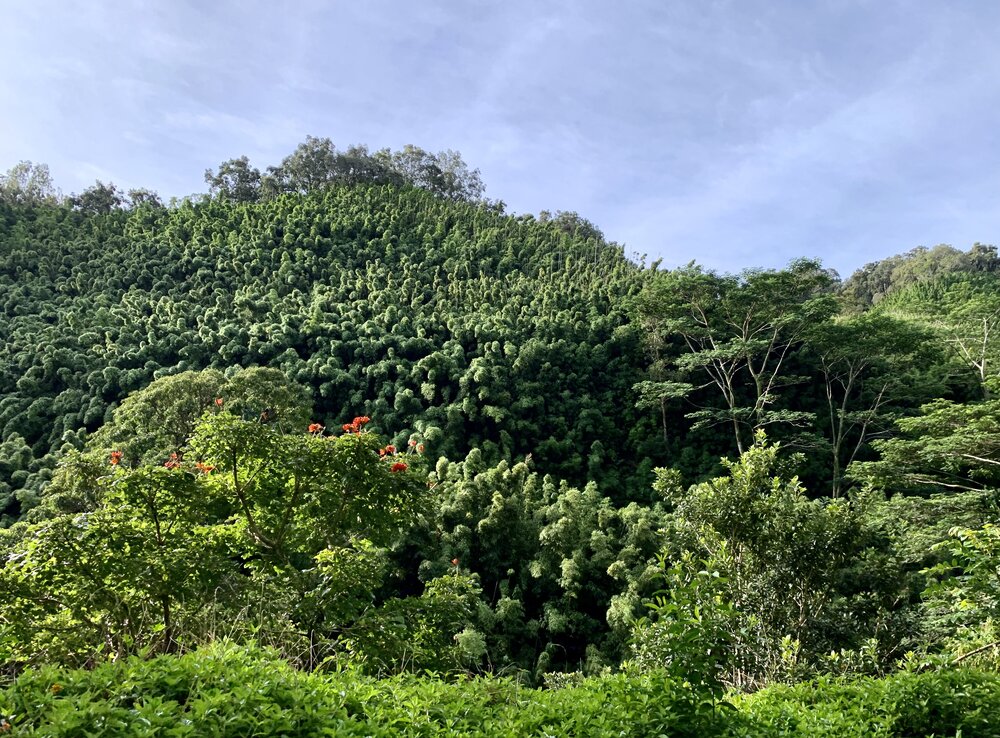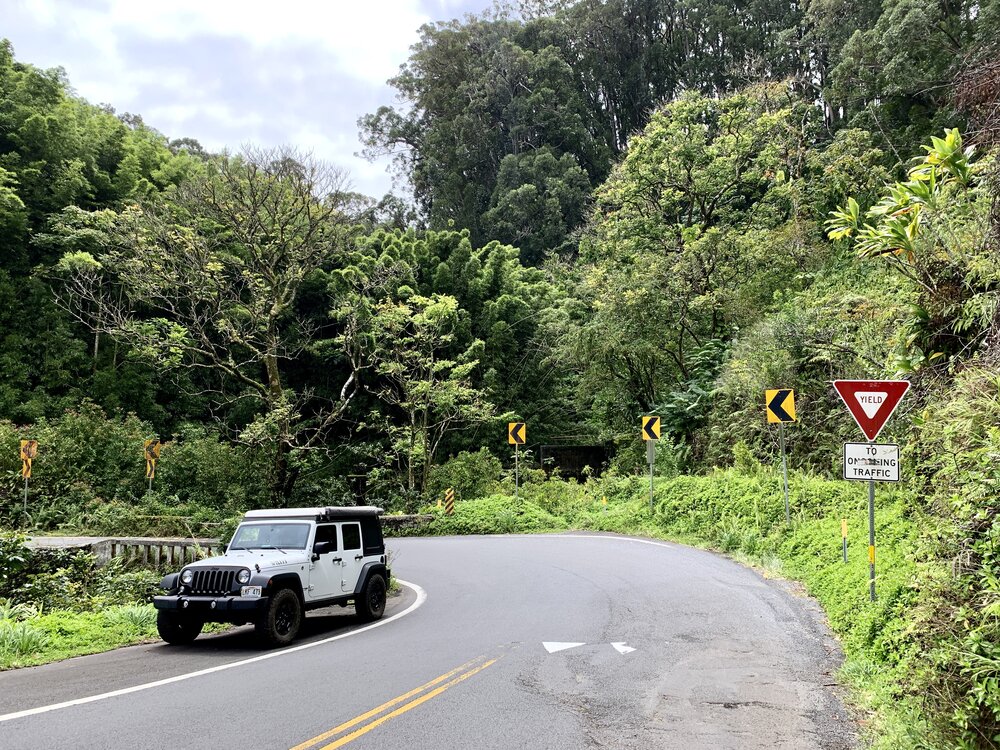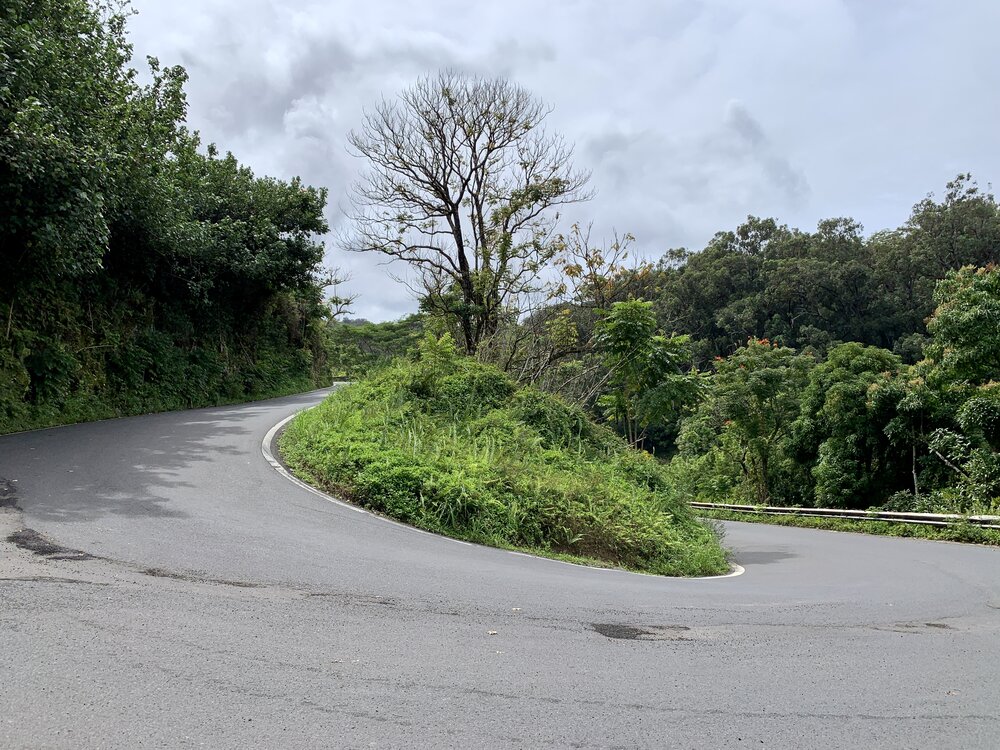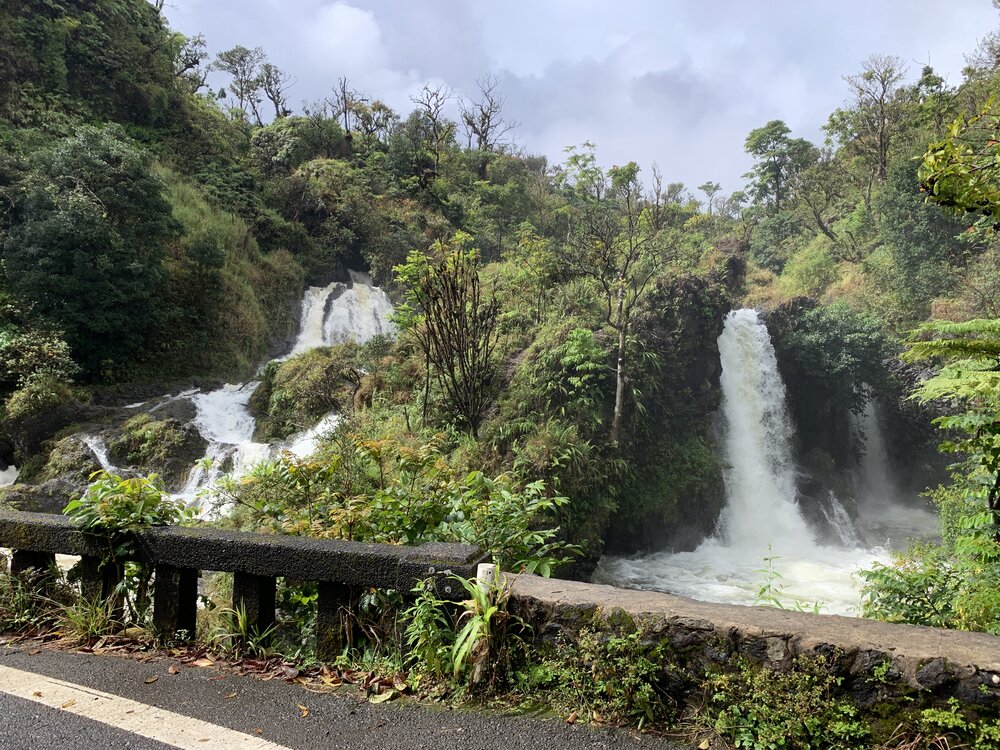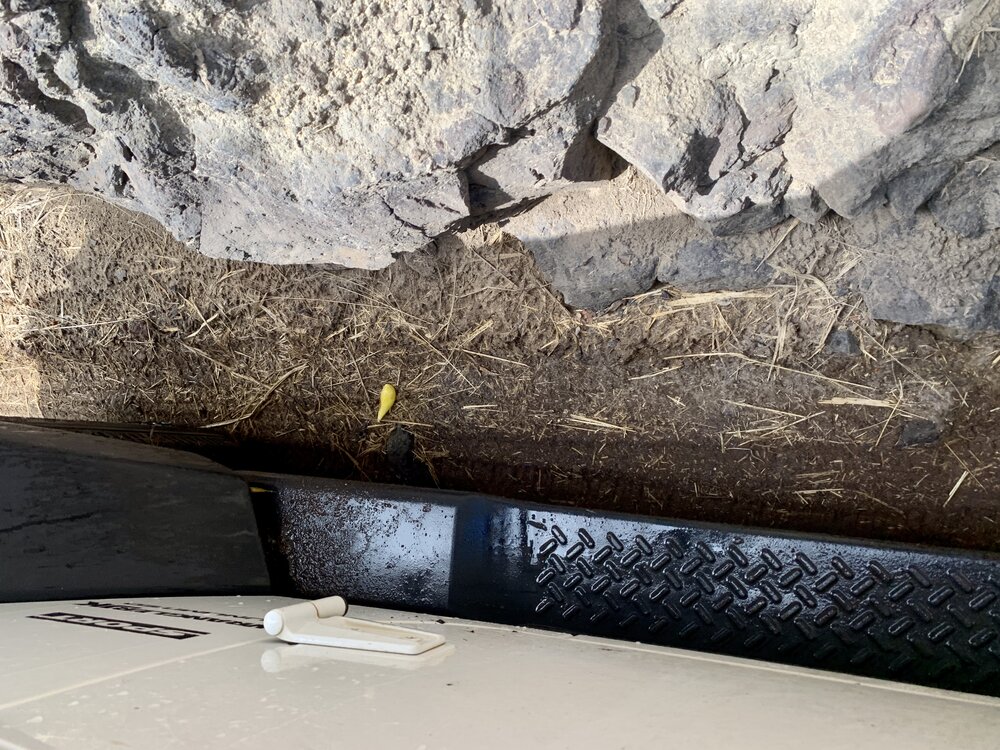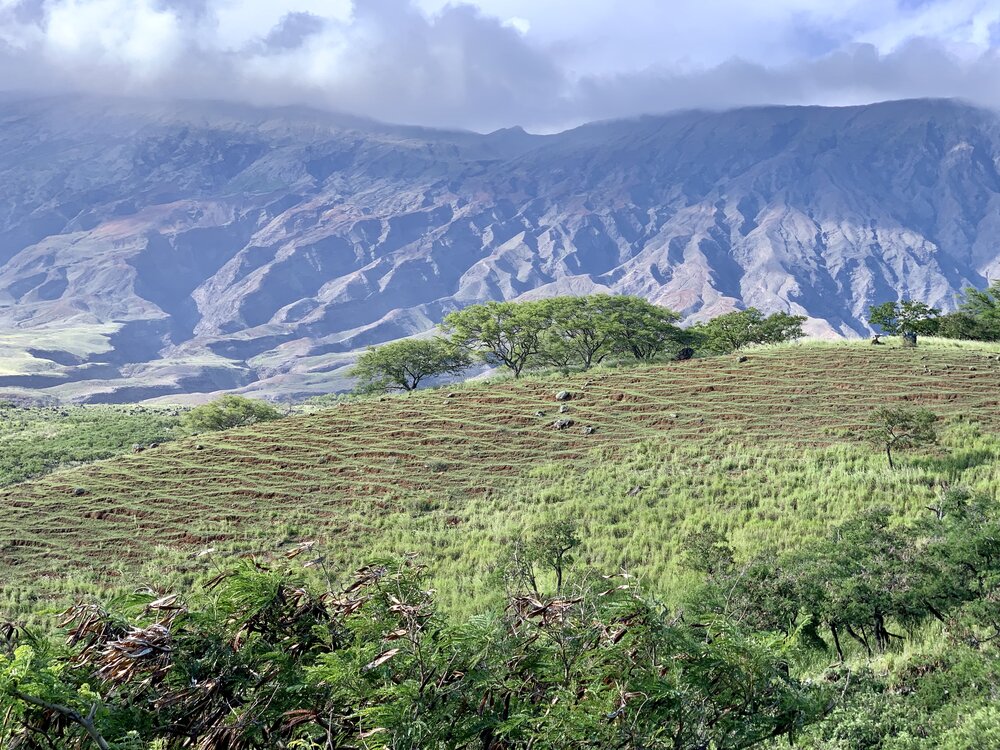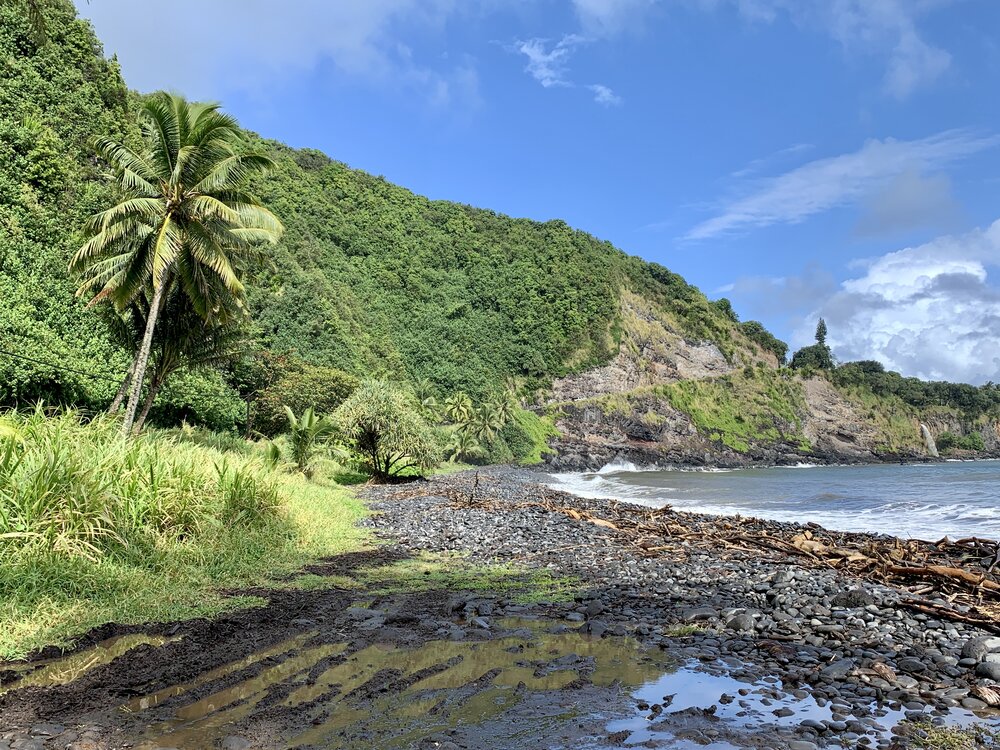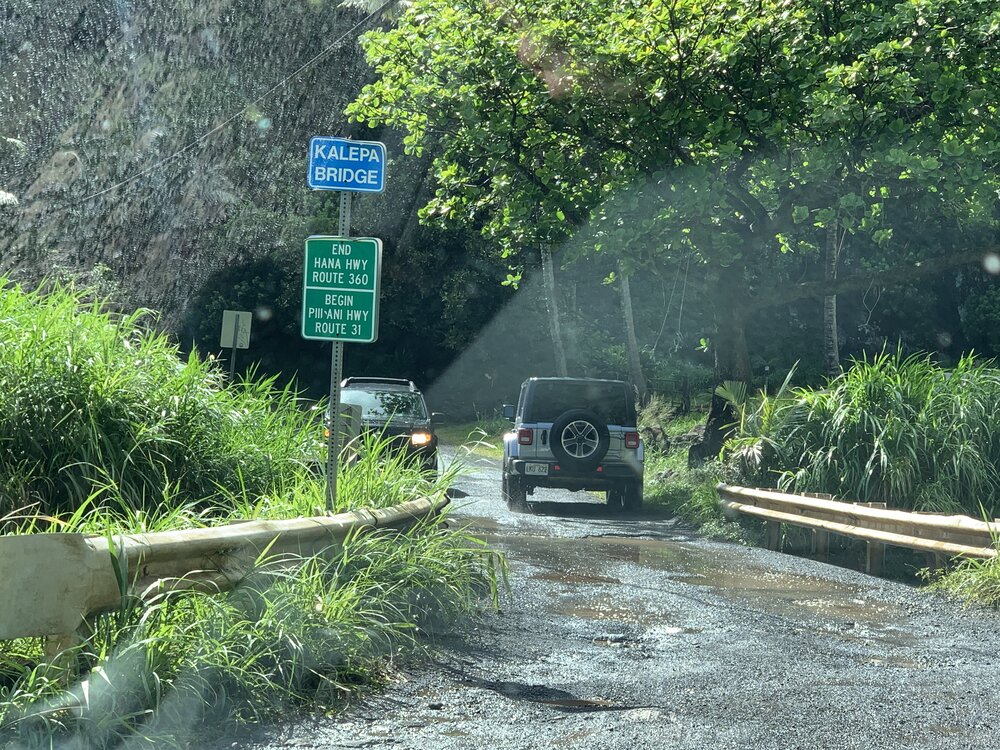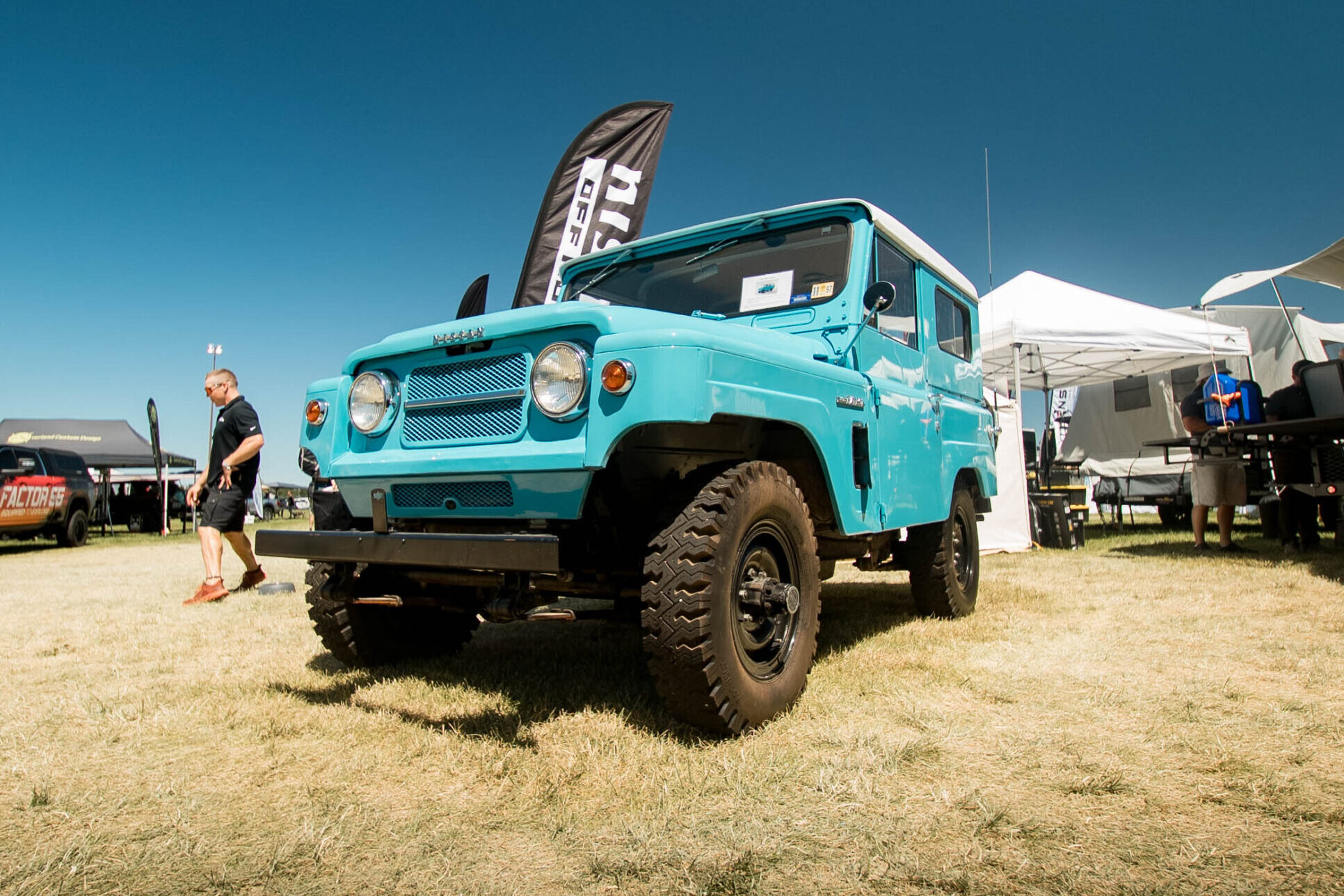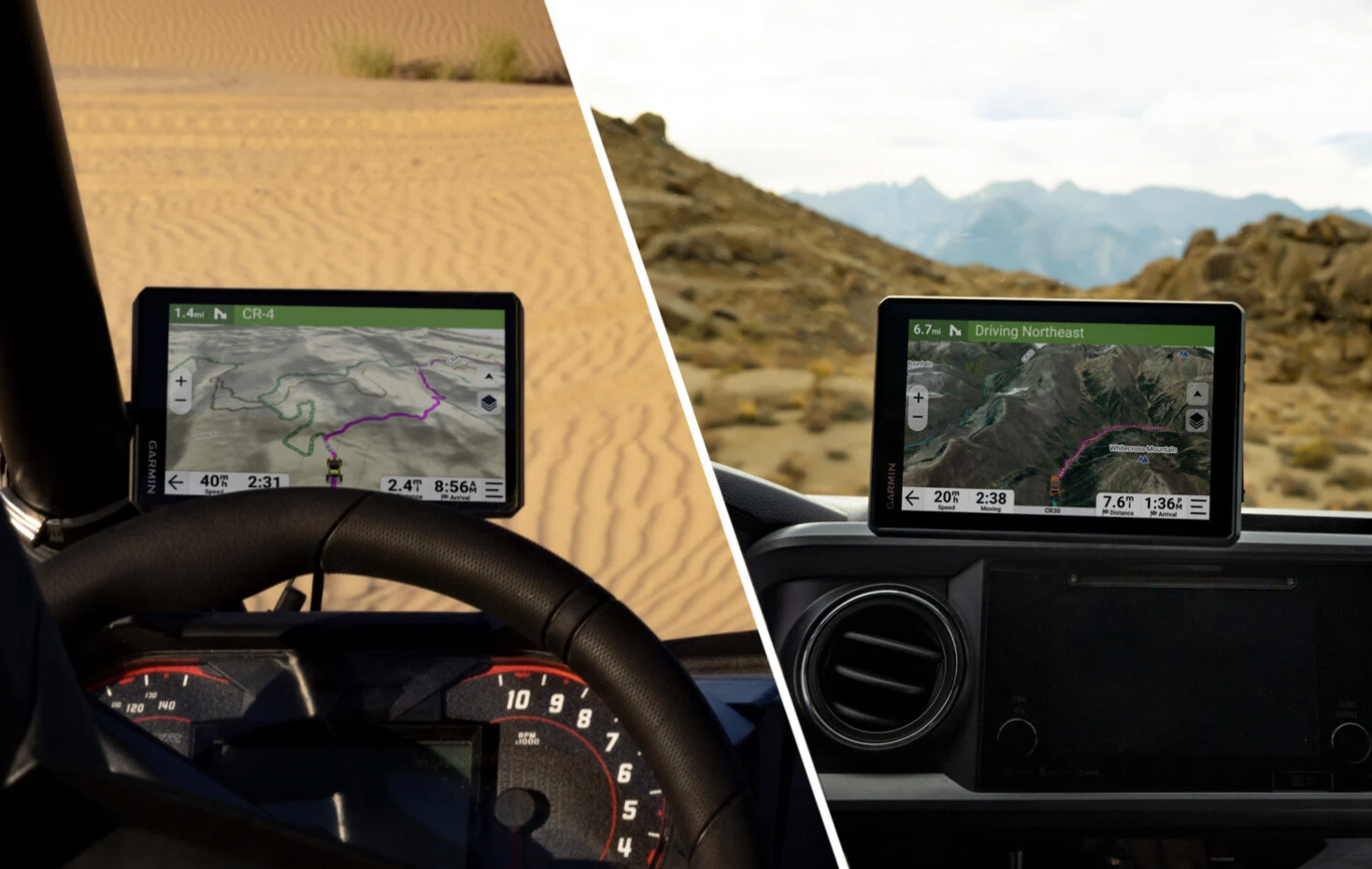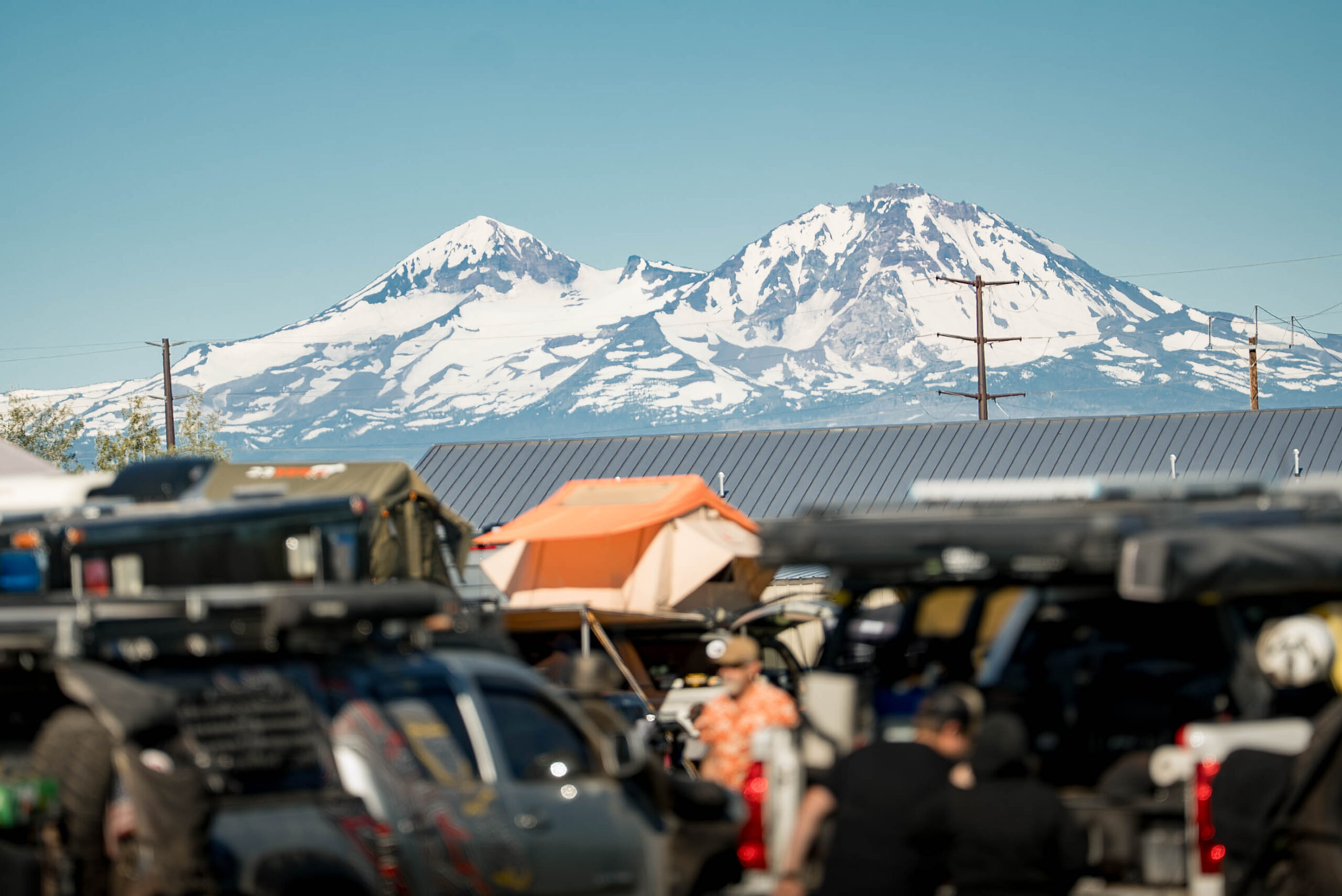The Road to Hana is perhaps the most iconic route in all of Hawaii, made famous, or infamous, in the 70s when long stretches of the cliff-clinging road were unpaved and subject to frequent landslides that flowed down to the Pacific Ocean. While the route is now paved and the landslides are less frequent due to preventative measures taken by Hawaii’s DOT, the drive remains one of the most thrilling and stunning on all of the islands. With 600+ curves that yield frequent, expansive views of the ocean below and waterfalls inland, it is most definitely a ride to remember.

I suspect the first question anyone reading this article might have is: “How does one overland on an island?” I had that same question. When booking my trip to Hawaii, I was looking for ways to break up time spent with friends and family in hotels with some time exploring the island as I usually prefer to experience new places: in a capable rig equipped with everything I need to enjoy camping in nature. A Google search and comparison of available rental options led me to Maui Camper Escapes. After the overland enthusiast owner/operator, Bryan, patiently answered all of my Maui overlanding questions, I arranged to rent their Jeep Wrangler Willys edition with an Ursa Minor Vehicles rooftop tent conversion for a few days of exploring the “Valley Isle.”

A lava field on Maui. Image: @MyTicketToRide
The Willys came equipped with BF Goodrich KO2 All-Terrain tires, an ARB awning, tailgate table, bedding, a water can and several other handy odds and ends. I chose to add a kitchen set-up and heated shower, as in my book, nothing beats a camp coffee and a hot rinse after swimming with the sea turtles at dawn. The pick-up experience was convenient and included an informative and candid discussion about routes, camp spots, safety and how to make the most of this unique way to experience Maui.
READ MORE: WHICH JEEP IS BEST FOR OVERLANDING?
The Road to Hana, or Highway 360, was at the top of my list of “things to do.” It is best embarked upon at sunrise, as getting a head-start on the throngs of tourists in convertibles is a major plus. There are several apps you can use to help guide you around the Road to Hana, including the GyPSy Guide (a GPS narrated driving guide). But making a mile marker-noted plan for where you want to stop and explore can be helpful as pull-offs come up quickly, there are minimal opportunities to turn around and mobile service is minimal, at best, during stretches of the ride.
The first stop that yields a good opportunity for a leg stretch is Twin Falls at mile marker 2. The falls themselves are lovely (though they can rage as seen in the image below during periods of high rain-fall). Three families own the land that the river and its falls run through, and they have operated the Twin Falls Stand for 20 years to raise money for trail upkeep and portable toilets. The pineapple smoothie is a delicious appetite whetter for stops further down the road.
The road winds through lush, other-worldly looking groves of bamboo and blooming African Tulip Trees boasting entire canopies filled with vibrant orange flowers. Driving with the windows down is an absolute “must-do” as the fragrance of flowers and the dense forest itself is heady and magical. The area around Ke’anae is known as “the land of the waters of Kāne” as legend has it that on a visit here, the God “Kāne thrust his wooden staff into the solid rock and water came gushing out.” Between frequent rain showers and a multitude of bridges, one can see why this moniker remains in use. (There are 59 bridges, to be exact, most of which are one lane and yield views of nearby waterfalls.) Having a towel handy is a good idea as there are several pull-offs near bridges so one can stop and take a refreshing dip.
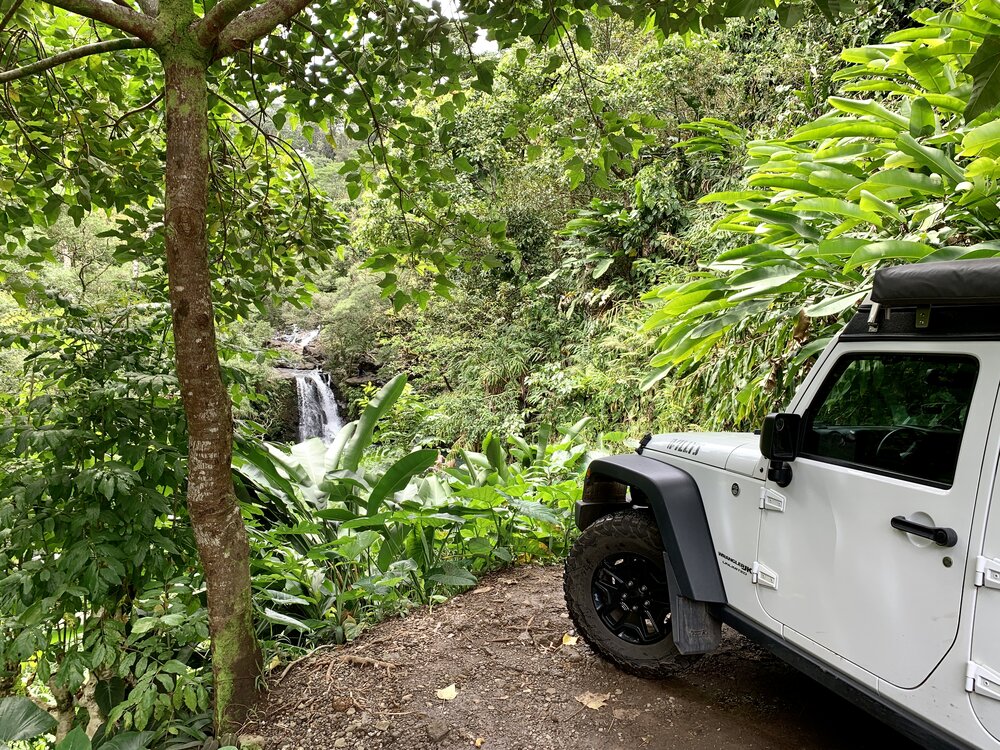
Time to cool off!
One extremely worthwhile off-shoot from the Road to Hana is the drive down to Ke’anae. Not only does this road lead to Aunty Sandy’s Famous Banana Bread stand (which would be worth the detour in itself), there is a stunning area at the point of the little peninsula where it is possible to park and watch the cerulean waves crash against the black volcanic shoreline.

Brewing coffee while enjoying Aunty Sandy’s steaming hot banana bread at K’anae Point
Close to mile marker 31, ’Ula’ino Road is another interesting detour to explore. After you cross a stream ford, you’ll arrive at the 122-acre Kahanu Gardens, which is one of Hawaii’s National Tropical Botanical Gardens. Pi’ilanihale Heiau, a 14th-century temple constructed entirely from lava rock, can be viewed from the outside (but not entered). If the water flowing over the ford is above the red marker, you’ll have to abandon hopes of visiting the gardens and temple, but you can do a self-guided tour of the Hana Lava Tubes on your way back to HI-360.
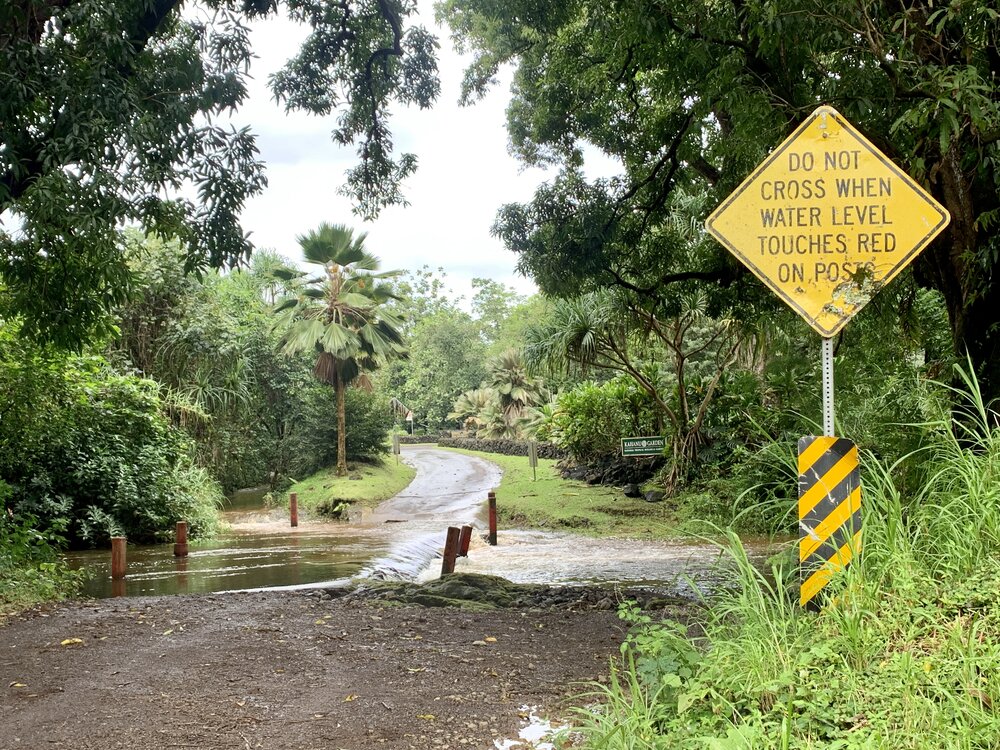
Detour for a water crossing!
The Waianapanapa State Park is another stunning stop to make, where instead of just watching the waves crash on the shore, you can play in the surf and dig your toes into the black sand of the beach tucked into the protective cove there. Cabins are available for rent, and depending on pandemic-related travel restrictions, vehicle and tent camping options are available here. Other privately owned places to camp along the Highway 360 can be found and reserved on Hipcamp.
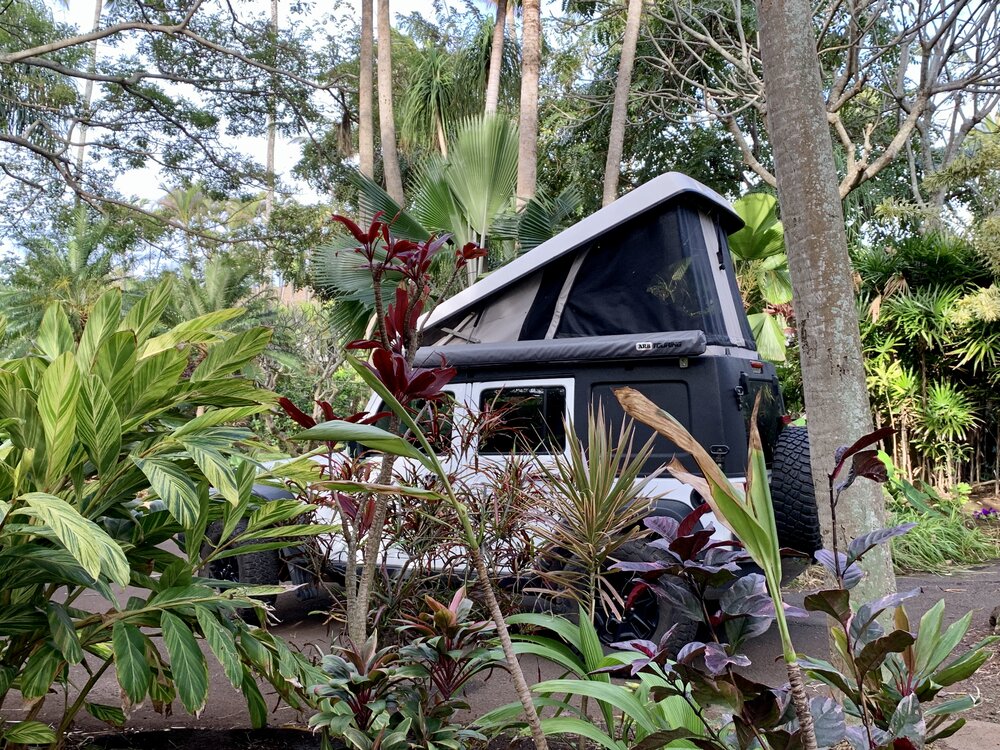
Once you make it to Hana, there are several dining options, but lunch at Thai Food by Pranee is highly recommended. Should you need provisions, there is fuel, cell-phone service and a market here. If you’re after some sandy R&R, Hana Bay Beach Park is right in town and has some convenient picnic tables and portajohns. A few miles beyond Hana, you can hang a left off of HI-360 onto Haneoo Road and wind up on the famous Hamoa Beach.
READ MORE: TRIPS & TRAILS: TITUS CANYON, DEATH VALLEY NATIONAL PARK
Beyond Hana
The magnificent Waimoku Falls and the many smaller, yet magical pools and waterfalls you encounter on Pipwai Trail, tend to be the end of the Road to Hana experience for many travelers. Modern-day reliance on GPS sees many tourists turning around and heading back East / North on Highway 360, because their GPS will likely tell them that is the fastest route back to wherever they are staying. Route 31 (a.k.a. Piilani Highway) has garnered it’s own dodgy reputation and is known for frequent road-closing landslides, treacherous rockfalls and winding, narrow climbs up and down seaside cliffs.
At the time of publishing this article, the entirety of Piilani Highway / Route 31 was clear and in largely excellent shape. However, regardless of the road conditions, it is important to be extremely vigilant as some portions of the road around cliff-clinging curves are only wide enough for one vehicle. Other tourists may be distracted by the stunning vistas offered by this stretch of road or area residents may be driving at a hair-raising “local speed.” It is always good to check the Hawaii DOT website and ask for road condition information in Hana and along the way.
After several rather tense miles leaving the Kipahulu area and the Haleakala National Park in Hana, Piilani Highway opens up near Kaupo along the stretch known as the ‘Backside Road to Hana’ and the landscape shifts as you arrive in a more arid region of Maui. Lava flows covered in grass form a breathtaking landscape where cows and goats graze (watch out for these little road hazards). Some excellent opportunities for rock crawling and wild beach camping can be found in this area of the island, but it is best to check with your rental company to see where they recommend playing off-road and stopping for the night.
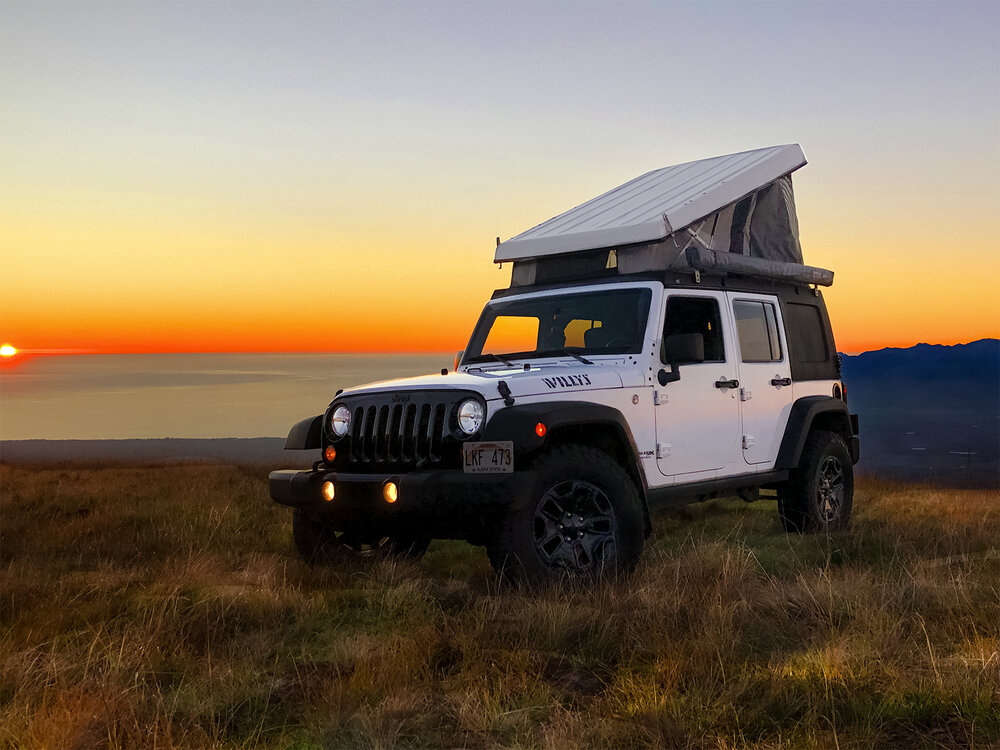
Image: Maui Camper Escapes
What to know:
Actual Travel Time: 2-4 hours non-stop. This depends entirely on how early you get started, and hence how many other people are on the road.
Distance: 64.4 miles from Kahului to the start of Piilani Highway at Kalepa Bridge.
Safety: Make sure not to leave valuables in your vehicle if you will be away from it for too long. Break-ins at parking lots (even in high traffic areas) can happen. And avoid the Kiawe thorns at all costs.
What to have handy: Ginger -ale, -chews, -etc. if you are prone to motion sickness. A bathing suit, towel and rain jacket as the Road to Hana leads through the wetter section of Maui.
Local Information: Gathering route, camping and accommodation information from locals is the best bet. Consulting your rental company for their camping and off-roading advice is imperative.
Rental Information: Maui Camper Escapes is a licensed and insured rental company that offers a variety of vehicles (including a Ram Promaster Van Conversion and a Ford F150 with the new Roofnest Condor XL roof-top tent, and the Ursa Minor Jeep fleet) and concierge-like services including airport pick-up and drop-off. There are other rental operations available on-island, but be sure to verify licensing and insurance, sound vehicle operation, etc.
Other considerations: Driving The Road to Hana / Piilani Highway clock-wise vs. counter-clockwise:
– If you are afraid of heights, driving clockwise is definitely the way to go.
– If you plan to do the entire drive in one day, and your priority is having Waimoku Falls (almost) all to yourself, drive the route counter-clockwise. You will wind up encountering a lot of traffic the closer you get to Paia, though.
Article and header image by @MyTicketToRide
